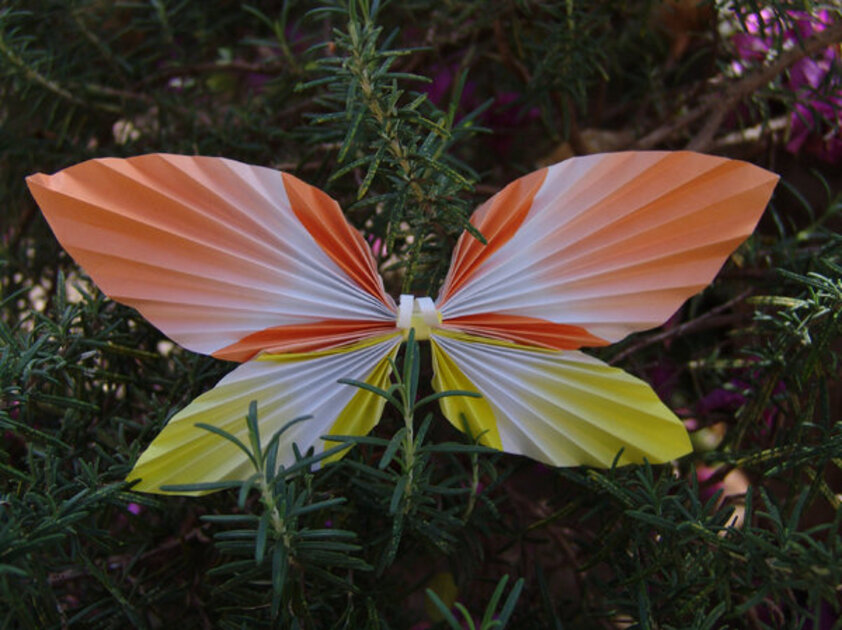
Our Gemara on amud aleph discusses a situation of two people, in dispute regarding possession of a cloak made with gold threads on certain parts, and how it should be divided fairly.
The literal word used for the cloak is “talis”. Does the Gemara really mean a Talis, the garment which is a mitzvah to wear with Tzitzis fringes attached? Possibly, as it may be that Jews routinely wore four cornered garments as a standard, and did not purchase a separate four cornered garment to fulfill the mitzvah as we do nowadays, since our regular clothing does not have four corners.
Though technically one must wear Tzitzis and a garment of many colors, Shulchan Aruch (OC 9:2) recommends that the garment and the fringes be uniform in color, while Rama says the prevailing ashkenazic custom is to have the fringes white, regardless of the color of the garment. Mishna Berura (ibid 16) says it is preferable for both the garment and the fringes be white. (Presumably, modest decorative embroidery probably does not interfere with this requirement.)
The Zohar (Pinchas 228a) seems to endorse the idea of gold fringes, as they symbolize the inspiration that comes from the appropriate balance and blend of the attributes of judgment and mercy, as represented by the white wool and blue wool. Sefer Daf al Daf points out that the GR’A amends the Zohar, and changes the word from fringes to Talis. This is seemingly to align the Ashkenazic custom of only using white threads in the tzitzis with the mystical idea of the gold. Thus Zoahr is referring to the garment, and the custom is referring to the tzitzis.
The reason for the Ashkenazic custom likely stems from the white threads that are reminiscent of God’s giant Talis and Tzitzis by which he used to create the world, see Maharsha (Rosh Hashana 17b.) Likewise, Bereishis Rabbah (3:4) describes the light of creation as coming from God’s cloak, based on the verse in Tehilim (104:2):
ūóų╣ųĮūśųČūöųŠūÉųŁūĢų╣ū© ūøų╝ųĘū®ūéų╝ųĘū£ų░ū×ųĖųæūö ūĀūĢų╣ūśųČųźūö ū®ūüųĖųØū×ųĘųŚūÖų┤ūØ ūøų╝ųĘūÖų░ū©ų┤ūÖūóųĖųĮūöūā
wrapped in a robe of light;You spread the heavens like a tent cloth.
Why does this require us to wear white Tzitzis? Kaf Hachayyim (9:15) says this is part of the overall directive to emulate God. If God wore white Tzitzis, so should we.
But, what does it really mean? I will suggest the following. Tzitzis are to remind us of the mitzvos (see Bamidbar 15:39 and Menachos 43b). So what are Hashem’s “mitzvos”? If a mitzvah represents a good thing and God’s will, then we might say God does mitzvos when He is doing whatever He does. God is a creator, and He gave us mitzvos so we too can create and establish our reality and our world. Moreh Nevuchim (III:27) states that the purpose of the mitzvos is to promote health of the body and soul. Societal welfare is part of many of the mitzvos, because humans cannot be spiritual without healthy bodies, and they cannot easily have a healthy body without the security offered by a stable society and civilization.
The white Tzitzis represent the light of creation, which is the divine enlightenment, not just physical light. Just as light allows us to see what is hidden, divine light gives us the ability to see what is mystical and spiritually true. We must make efforts that our creativity and actions in this world are infused with purity and divine intent, that is symbolized by the white Tzitzis.
Translations Courtesy of Sefaria, except when, sometimes, I disagree with the translation ![]()
If you liked this, you might enjoy my Relationship Communications Guide. Click on the link above.
Rabbi Simcha Feuerman, Rabbi Simcha Feuerman, LCSW-R, DHL is a psychotherapist who works with high conflict couples and families. He can be reached via email at simchafeuerman@gmail.com
 Previous
Previous

